The materials used for the production of crankshafts are generally forged steel and ductile iron. The composition, organization, performance and appearance dimensions are the key characteristics for measuring whether the product meets the requirements of the drawings. This paper describes the classification of testing equipment required for the crankshaft production process.
1. Chemical composition testing equipment
Performance depends on the organization, the organization is determined by the ingredients, and the ingredients are determined by the casting process. In the case of a certain composition, and the organization depends on the chemical composition, processing technology, heat treatment is the main process means to change the organization. The chemical composition of the steel crankshaft , the raw material of the ductile iron crankshaft casting and the chemical composition of the molten iron in front of the furnace are very important, and can be quantitatively analyzed using equipment such as a colorimeter, a tester, and a spectrometer (see attached table). Keep it within the technical requirements.
List of devices that detect characteristic indicators 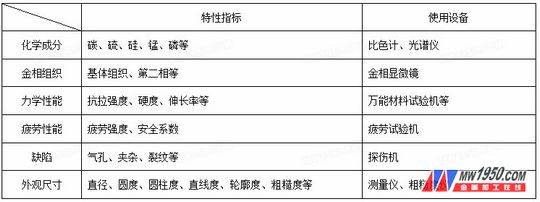
Colorimeter
The colorimeter is an instrument for quantitative analysis by comparing the solution of the sample to be dissolved with the color of the standard solution, and is mainly used for
The color, hue and color value of the measured material were measured and analyzed. It is an indispensable instrument for chemical analysis. It is used for the determination of silicon, manganese, phosphorus, total rare earth, magnesium, copper, molybdenum and other elements. It is easy to operate and has high accuracy. It is not a substitute for spectrometer.
2. Carbon and sulfur infrared detector
With the pyroelectric sensor as the core, the high-frequency induction combustion furnace and the microcomputer control system are integrated intelligent, infrared analysis instruments integrating light, electricity, computer and analysis technology. It has the advantages of wide measurement range, strong anti-interference ability, simple operation and accurate analysis results. It is mainly used for quantitative analysis of carbon and sulfur components in pre-furnace raw materials and pre-furnace molten iron.
3. Spectrometer
A physical optical instrument that uses a dispersion, absorption, and scattering phenomenon of light to excite a sample to obtain a spectrum related to the sample to be tested, and collects data by a computer to quantitatively analyze the components of each element. It is characterized by simple operation, fast analysis, good selectivity, high sensitivity and good accuracy. It can simultaneously detect the component content of all the elements set. The direct analysis of the direct-reading spectrometer applied to the molten iron in front of the steel crankshaft furnace provides a basis for the adjustment of the composition of the furnace before the furnace, which can eliminate the occurrence of batch waste accidents. Japan OES-5500, Germany GS-1000 direct reading emission spectrometer is a good choice.
Second, the mechanical test equipment
The material testing room shall be equipped with mechanical testing equipment for casting and heat treatment process inspection, including tensile testing machine, hardness tester, impact test machine and fatigue test machine.
Tensile testing machine
For example, electronic tensile testing machines, universal material testing machines, etc. are mainly used for tensile, bending, shearing and other tests of materials to determine the most basic mechanical properties of materials, such as yield strength, tensile strength, elongation, and section. Shrinkage, flexural strength, etc., provide a basis for rational material selection and heat treatment process. Commonly used testing machines are generally divided into mechanical and hydraulic, and advanced electronic tensile testing machines and automatic testing machines. WE-60 hydraulic universal material testing machine and universal electronic tensile testing machine are all good choices. The test machine can be selected according to technical parameters such as sample diameter, maximum test force, test force measurement range, and the like.
2. Hardness tester
Hardness is one of the most commonly used performance indexes in the mechanical properties of metal materials. It is the ability to characterize the local volume of a metal against deformation or cracking. It has not only an empirical relationship with the static strength and fatigue strength of the material, but also with cold forming. There are some indirect links between process properties such as properties and machinability. Therefore, the hardness value has certain reference significance for controlling the quality of hot and cold processing technology. Commonly used hardness testers include high-precision bench-top Brinell hardness tester, bench-top Rockwell hardness tester and Vickers hardness tester for laboratory precision test; Leeb hardness tester, portable Rockwell hardness tester and portable for process inspection Brinell hardness tester, etc.
3. Impact testing machine
The impact testing machine is a device for detecting brittleness or toughness of materials, and has a simple structure and convenient operation. The impact test is a performance index for obtaining the brittleness or toughness of the material in order to obtain the work of the sample on the impact tester. The value is large, indicating that the toughness is better, and the brittleness is large. The impact test is the easiest test method to obtain the dynamic properties of the material. The impact tester can be used directly to determine the dynamic fracture toughness or crack toughness of the material. The ordinary pendulum tester, the advanced impact tester with impact oscilloscope and electronic computer can meet different requirements.
4. Fatigue testing machine
The fatigue testing machine is a general vibration testing system, which can be used for the durability test of mechanical parts or the measurement of vibration characteristics of mechanical structures. It is a test equipment that comprehensively considers the design, casting, heat treatment and machining of parts. In the durability test, according to the load requirements of the tested part, the system can apply tensile, bending, torsion or bending to the load of the test piece, and the control circuit keeps the load constant and the system is always in resonance. It is applied to crankshaft bending fatigue test and crankshaft torsion test, and provides theoretical basis for product development and process test. PDC-1 and PDC-2 electromechanical fatigue fatigue testing machines developed by Dongfeng Technology Research Institute have been widely used.
Third, the microscope
A microscope is an instrument used in a laboratory for microscopic analysis. Microstructure analysis is to observe the types of constituent phases and tissue compositions inside the metal and their relative amounts, sizes, shapes and distributions by optical or electron microscopy. Microstructure analysis is an important method for quality inspection and control of materials and heat treatment processes.
1. Optical microscope and image analyzer
Optical microscopy is the most simple and most important instrument for analyzing microstructure. It is an optical lens-objective lens and eyepiece to obtain a microscope for magnifying imaging.
The optical microscope can be equipped with an image analyzer. The automatic image analyzer uses a computer to process image information, including geometric information such as size, quantity, shape, position, and color information. It can also directly calculate three-dimensional tissue characteristic parameters and automatically complete data statistics. deal with. The image analyzer measures fast, has many measurement items, avoids human error, and has high measurement accuracy.
The main items of image analysis are: the volume fraction of the second phase; the number, shape, size and distribution of various inclusions; the mass fraction of carbides, etc., so in order to improve the measurement accuracy of the image analyzer, in addition to the high resolution In addition to the microscope, good sample quality should also be guaranteed.
2. Scanning electron microscope
Scanning electron microscopy is a powerful tool for crankshaft fracture analysis. The scanning electron microscope uses a scanning coil to scan the focused electron beam on the surface of the sample to cause secondary electron emission, which is accepted and amplified to the input picture tube. The picture tube is adjusted to form a secondary electron image on the picture tube phosphor screen. The utility model has the advantages that the large sample can be directly observed, the magnification can be continuously increased, the port concave and convex appearance can be clearly displayed, the chemical composition of the sample micro-region can be determined, the crystal orientation can be determined, and the like, and the use is wide. Some scanning electron microscopes can also work as electronic diffractometers and electron probes.
Fourth, the measuring instrument
1. Crankshaft comprehensive measuring instrument
For on-line sampling and laboratory precision measurement, a loading and unloading will be able to quickly and accurately measure crankshaft comprehensive, while the measured data can be statistics, output and print. The detection of the crankshaft is mainly for the measurement of the opening surface of the main journal and the two types of journals. The measurement items include: diameter, radius, roundness, cylindricity, straightness, profile, etc. Full-size inspection, fast and efficient, Accurate, accurate measurement of 10-15 crankshafts in one cylinder in one hour. For example, the crankshaft and camshaft integrated measuring machine produced by ADCOLE Company adopts vertical top positioning parts and mechanical contact type measurement . The angular positioning accuracy of the rotary spindle can reach 1", the spindle jump can reach 0.25μm, and the radial measurement accuracy can be Up to 0.5μm, the axial straightness accuracy can reach 0.5μm/50mm, the number of points taken per week is 3600 points, the measurement accuracy is high, and the repeatability is good. It is an indispensable online sampling and final inspection equipment for the crankshaft manufacturing industry.
2. Roughness measuring instrument
The instrument for detecting the roughness of the surface of the crankshaft , also called the surface finish meter, has a simple structure and is mainly composed of a main body and a sensor. When measuring the surface roughness of the workpiece, the sensor is placed on the measured surface of the workpiece, and the driving mechanism inside the instrument drives the sensor to slide at a constant speed along the surface to be tested. The sensor senses the roughness of the surface to be tested through the built-in sharp stylus. When the roughness of the surface to be measured of the workpiece causes displacement of the stylus, the displacement changes the inductance of the inductor of the sensor, thereby generating an analog signal proportional to the roughness of the surface to be measured at the output of the rectifier, and the signal is amplified and After the conversion, the data acquisition system is entered, digital filtering and parameter calculation are performed, and the measurement results appear on the display.
The roughness meter is divided into surface roughness meter, roughness shape measuring instrument and surface roughness profiler, which can be applied to the production site to measure the surface roughness of the crankshaft to facilitate the quality control of the finishing process.
Five, flaw detection equipment
Near surface defects such as cracks, hair lines, pores, folds, inclusions, etc. caused by casting, heat treatment and machining process seriously affect the performance of the crankshaft , so that it will produce early fatigue fracture below its own fatigue strength. Then, the non-destructive testing technology can effectively control the risk of defects on the crankshaft and even the engine, and can keep the crankshaft intact.
Magnetic particle flaw detector
The magnetic particle flaw detector is a widely used detection method in the metal processing industry. It magnetizes the magnetic metal workpiece to be tested, and displays the distribution of the leakage magnetic field of the ferromagnetic material by means of the magnetic powder, thereby discovering the surface and surface defects such as cracks, hair lines and pores of the material. A non-destructive testing technique for folding, inclusions. The operation is simple, the workpiece is not damaged, the sensitivity is good, and the efficiency is high.
It is used for the final inspection of the finished product of the crankshaft to ensure that it does not produce defects on the surface after casting, machining and heat treatment . It can also be used for semi-finished products, such as before induction hardening and before nitriding, to find defects that existed before. And thus develop preventive measures for the quality problems that arise in the next process.
2. Audio flaw detector
The basic principle of the audio flaw detector for detecting defects is based on the frequency at which the sound is struck by the device under test, the sound wave is collected by the sound wave collector, the resonance frequency of the sound wave is analyzed by the simulator, and then compared with the resonance frequency of the standard sample, the computer automatically judges and recognizes Pass or Fail. Audio detection, using computer automatic control, high accuracy, is an economical, effective and reliable non-destructive testing technology, suitable for flaw detection of large-volume crankshaft production.
Conclusion
With the development of the automotive industry, competition in the same industry has become increasingly fierce. As an important part of the engine, the crankshaft is becoming more and more strict in quality control and the detection methods are more and more advanced. As a quality control method for crankshaft manufacturing, the testing equipment also represents the technical level of the enterprise. Some crankshaft manufacturers introduce testing equipment from Japan or Germany to enhance their technological competitiveness. Testing equipment should be equipped according to chemical composition testing, mechanical property testing, metallographic analysis, full-scale inspection, surface flaw detection, etc. The equipment should be advanced, efficient, accurate, etc., in order to effectively control the key characteristics of the crankshaft , more powerful The ever-changing development of the crankshaft and even the automotive industry.
Item Code: C001
Size: 100 178 228(mm) are available
Frame material: Steel
Origin: China (mainland)
1.Size 9''
2.Frame Single rod roller frame;
Zinc-coated or chrome-coated
Diameter of main rod is 6mm
3.Tube PVC tube,diameter of tube is 44 mm
4.Technic Adhesive / Thermobonding
5.Handle Steel Main pole ,zinc-coated or chrome-coated
6.Package: PP bag for each piece,abut 50 pieces into a master carton
7.Color As your request
8.Eco-friendly, high quality, competitive price , elegant and refinement in outlook
9.Other SPEC: Different style,different pile height,different inner tube,oil paint and water paint....Design and decoration also for outer wall


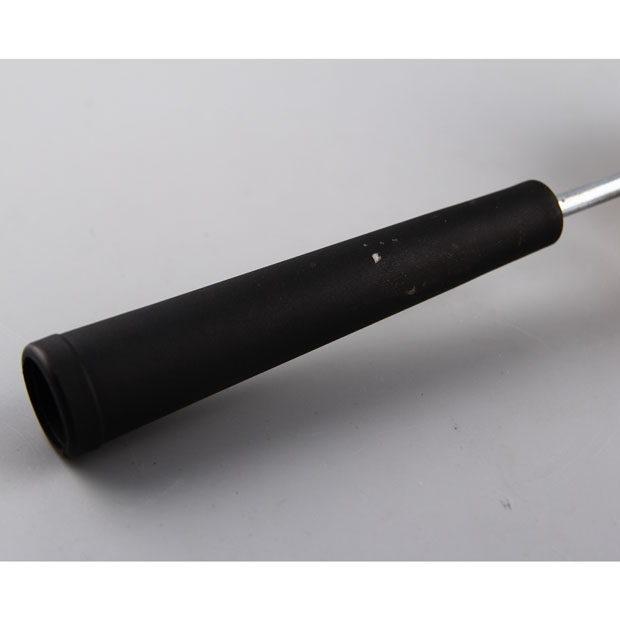
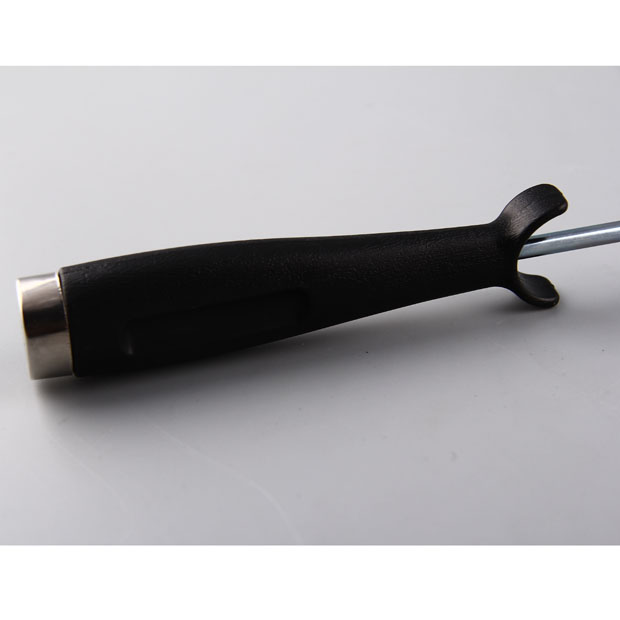

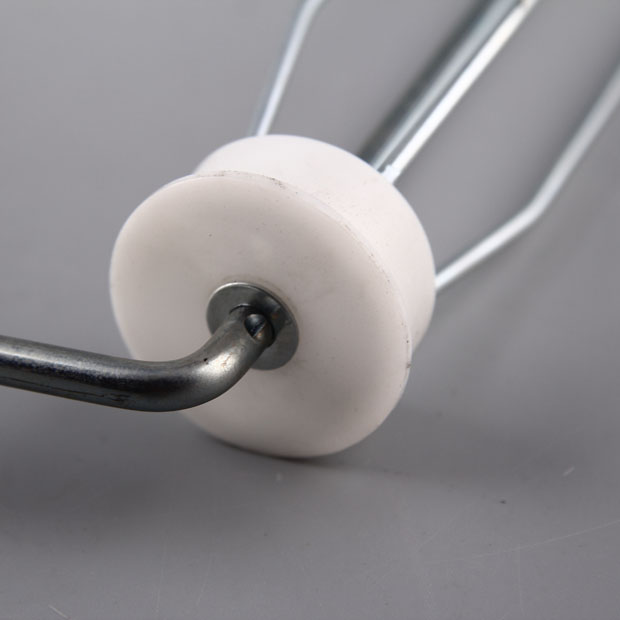
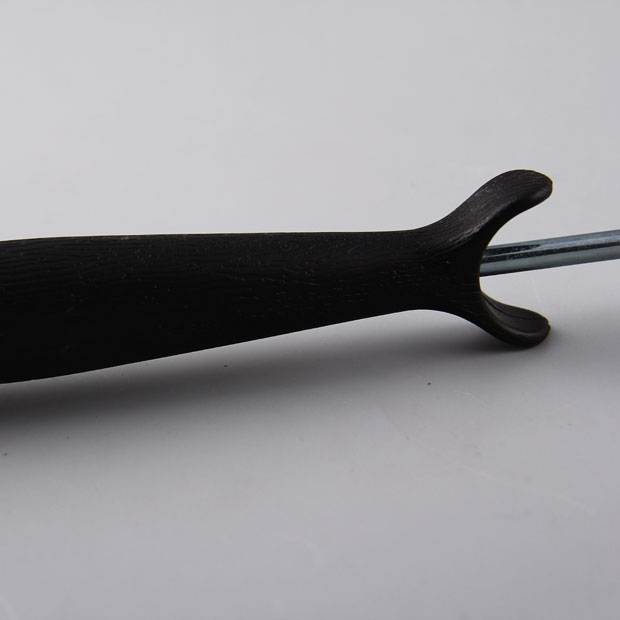
Economy Roller Frame,Steel Roller Frame,Economy Roller Cage Frame,Cage Paint Economy Roller Frame
Ningbo Beilun Gelei Plastic Parts Co.,Ltd , https://www.paintwelltools.com